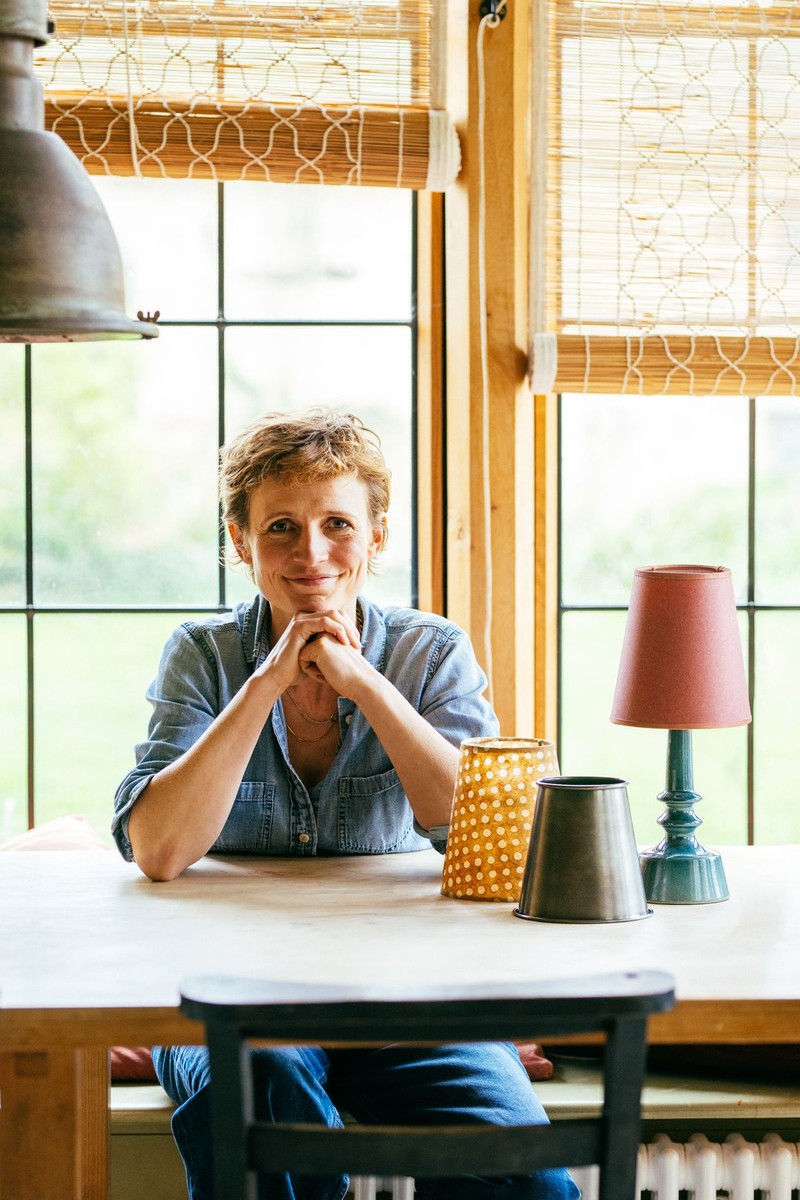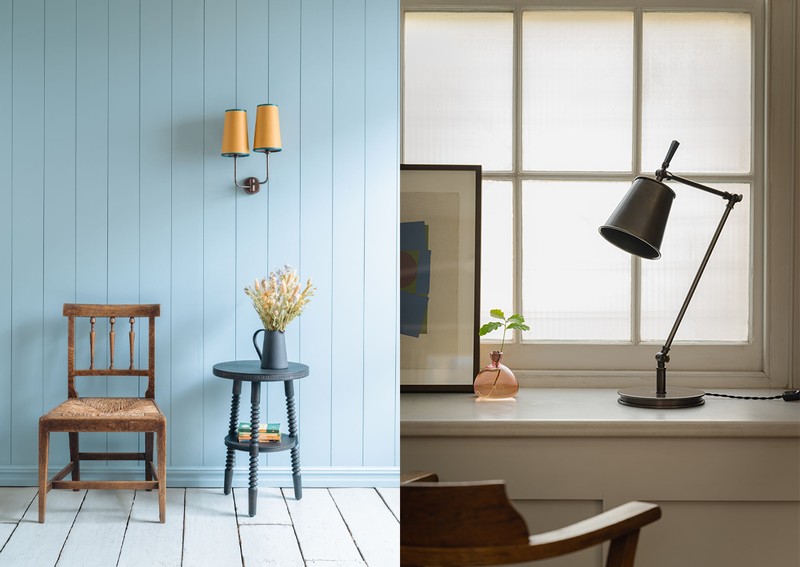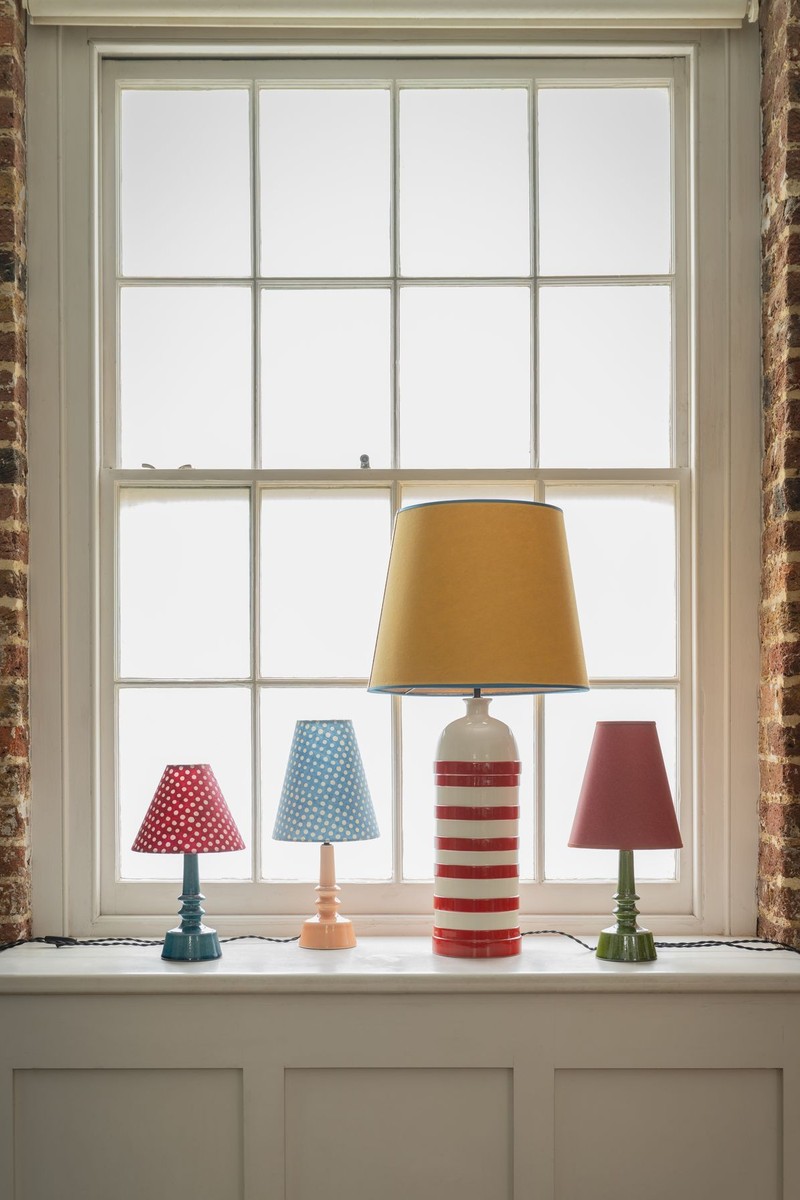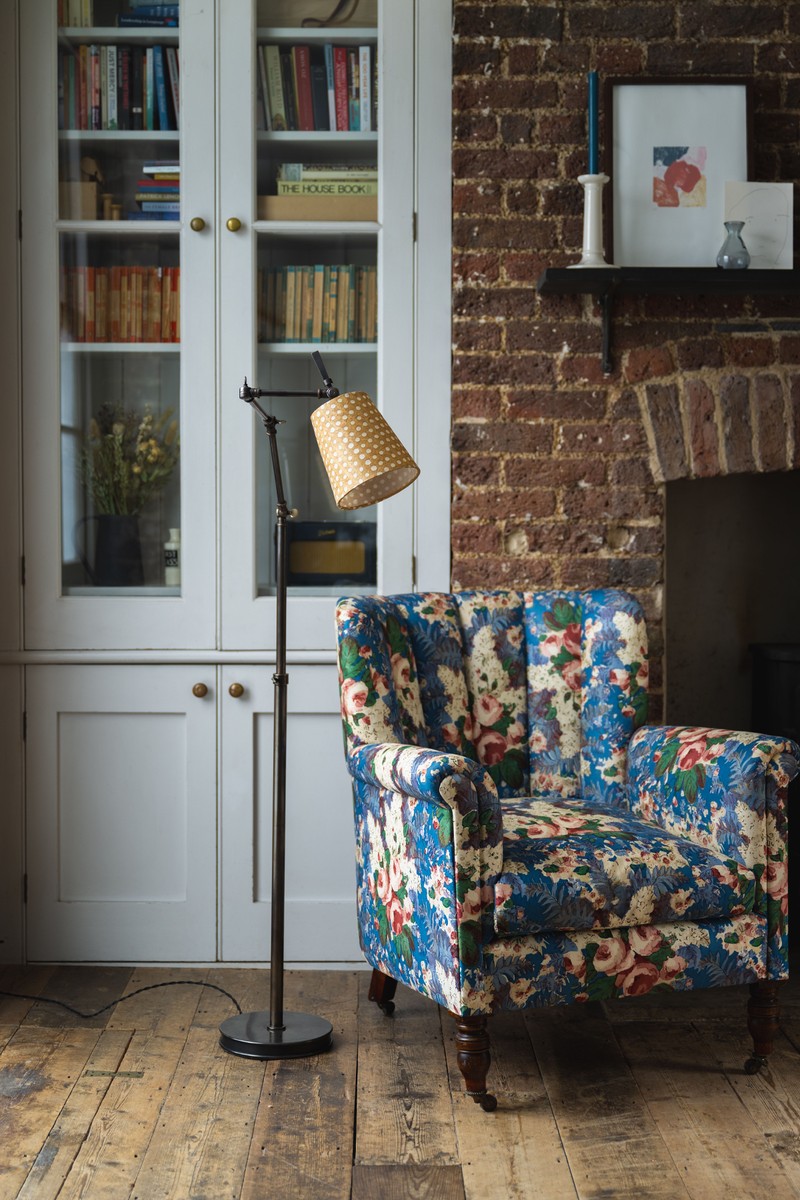Meet The Interior Designer Behind This Exciting New Brand
On Her Design Career
I lived in 20 different houses growing up. My father was a helicopter pilot, and it left me pining for a sense of home. A lot of our homes were military quarters and almost every property was the same. It’s easy to see why I was fascinated to learn what made a house a home, depending on how people put things together. My godfather and his husband, for example, travelled a lot and their house radiated warmth because it was full of their things – some worth nothing and some very valuable. That’s what ignited my passion for antiques and interiors – the feeling that nothing was out of place and that it was somewhere you felt immediately comfortable. It’s what I endeavour to create for our clients now.
I started out in garden design but also worked with Red Bull. There, I had a boss who told me to go into a field where you like the people in the industry, as you’ll spend more time with them than anyone else. I was very interested in interiors but I wasn’t sure I wanted to be surrounded by interior designers – hence the decision to pursue garden design. Through word of mouth, news spread of my interior design skills and it snowballed from there.
Going from interior designer to project designer has been a very natural progression. It’s something we end up doing in many of our projects anyway, and this new collection is about taking an opportunity and making it available to a wider audience. We’re lucky to have worked with some of the best-in-class artisans in the UK and Portugal, with whom we’ve developed close relationships. The whole process is much nimbler that dealing with far-flung global manufacturers.
On The Principles Of Good Design
A room must work and be user friendly. If somewhere isn’t easy to live in, you’re not going to feel comfortable. I came to interior design because I moved around a lot as a child, so I’ve always been on the lookout for the magic ingredients – the alchemy that makes a space feel right.
My style is probably best described as nurturing. There’s a theory called Emotional Durability of Design. Statistics show so many items are discarded in the first few months after people buy them, but if we can change people’s relationship with things, it’ll make a huge difference. Why do we keep the pebble we found at the beach that’s worth nothing but get rid of an iPhone that’s worth hundreds of pounds at the click of a button? Antiques have meaning because you buy it from the person who tells you a story. And when things are beautifully made, it makes them worth treasuring.
I always start with the same question. How do you want to feel in this space? Move away from the specifics and think big picture. Do you want to feel calm, rested and serene? Then it’s a question of having minimal contrast. If someone wants something lively, dramatic and stimulating, go for deeper, richer tones – either through paint colours or layering textures. The floorplan is also very important in determining how a space will be used by the people living in and interacting with it.
The spaces we create all have meaning. We spend a lot of time with our clients finding out what’s important to them and how they live. Quite often, it’s not what people think, but you can work it out quite quickly. For example, if you spend a lot of time washing, ironing and putting children’s school bags away, make sure there’s a nice space to iron, there’s an easy place to put the sports kit away, and paint the utility room in your favourite colour.
My favourite pieces in my home are a pair of sofas I upholstered in a pistachio green corduroy against a pink wall. One was actually a chair and we extended the frame so it nearly matches the sofa that sits opposite. There’s another chair I bought at Kempton Market for £45 that I had upholstered in an old quilt. I have a light inherited from grandfather that has inspired the floor lamp in the new collection, and I have a tapestry from the 1930s that is framed in bubble-gum pink.
On How To Use Colour
The quality of the paint you use makes a real difference. If there is a good proportion of natural pigment, it really affects how the colour feels over time. You might think there’s not much difference, but as you live with it, you can really see it.
Contrast changes colours. For example, soft pink on its own is very calm, but as soon as you add a splash of red and a pop of yellow, it becomes much livelier.
Tread softly in the rooms where you spend the most time. Be braver in the rooms where you spend less time. I really believe colour nurtures the soul. It has such an effect on our mood and the combination of colour and light makes the biggest difference to how a space feels.
Nostalgia plays a big part in how we feel about a space. Taking cues from different points in history and different colour combinations can help you set the mood, so referencing a favourite film, novel or hotel and thinking about its key colours can be useful.
Colour combinations work differently in different territories. A colour combination you saw in hot and sunny Greece will work very differently here with our bruised skies. Think about using colours that reflect what grows indigenously in this country when it comes to building a colour palette.
On Lighting & Fabric
Lighting is the unsung hero of good interior design. It makes such a big difference. Most of us spend a lot of time at home when it’s dark in the evening and early morning, so lighting can have a big impact. It doesn’t have to be expensive – you can slot in a few extra lights here and there and completely change the vibe.
It’s hard to find good lights that are to scale and come with the right shade options. For example, floor lights tend to hover unsettlingly high above you. It’s about finding the pieces that can do the job without shouting about it. They should perform a function and let other items sing.
When it comes to design, I’m inspired by what Margaret Howell has done with her clothing line. She’s created pieces that have a timeless quality to them which makes them reassuringly familiar and able to work for any age. The designs we’re creating hopefully have a similar quality to them in that they sit comfortably in any setting, whether that’s a flat or six-bedroom family home. Some will see this range as a line of basics, while others will see it as full of investment pieces.
Manufacturing the fabric collection in the UK has been exciting. We’ve been going up to the old industrial towns and seeing the traces of industry that have been left behind. A huge knowledge base still exists. To be able to work with those people has been really enriching. There aren’t many young people entering this kind of profession these days, so we’re also developing an internship programme with local colleges to pull them in. It’ll be very rewarding to see that grow.
NiX lighting launches today, 6th June. Occasional furniture will launch on 20th June with more fabric & accessories drops this summer and into the autumn. For more, visit NicolaHarding.com
DISCLAIMER: We endeavour to always credit the correct original source of every image we use. If you think a credit may be incorrect, please contact us at info@sheerluxe.com.





/https%3A%2F%2Fsw18.sheerluxe.com%2Fsites%2Fsheerluxe%2Ffiles%2Farticles%2F2023%2F06%2Fsl-nicola-harding-interview-2.png?itok=B8gbcKV6)


